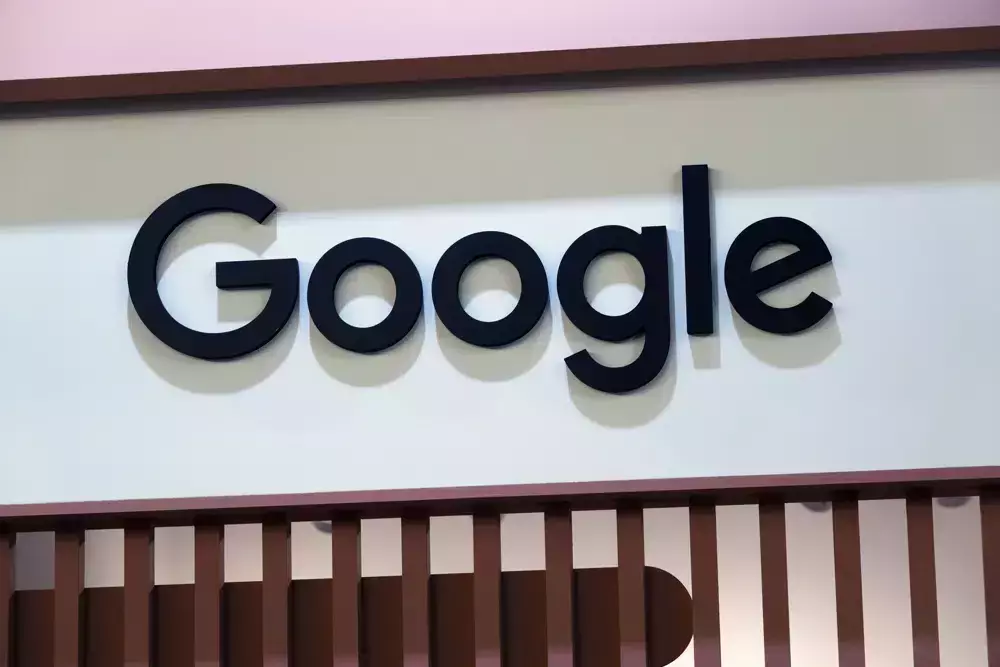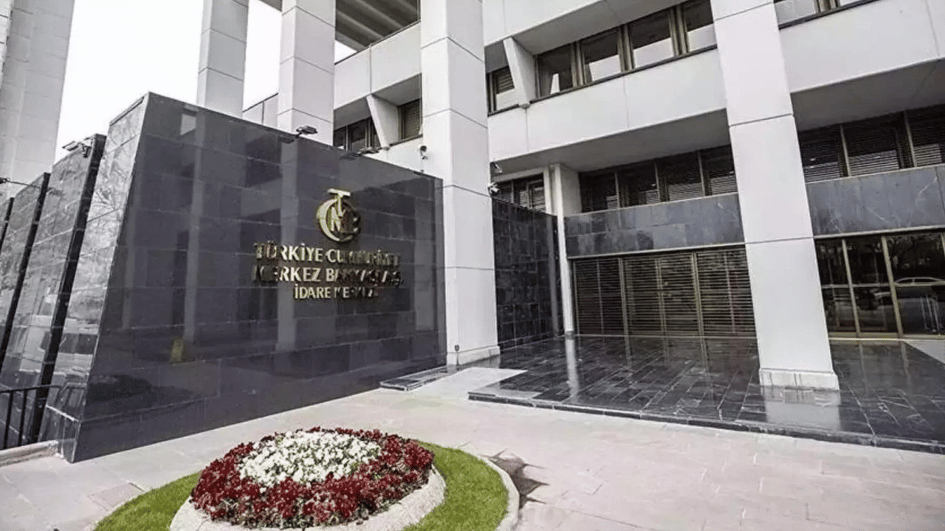Google to expand misinformation ‘prebunking’ in Europe
WASHINGTON

After seeing promising results in Eastern Europe, Google will initiate a new campaign in Germany that aims to make people more resilient to the corrosive effects of online misinformation.
The tech giant plans to release a series of short videos highlighting the techniques common to many misleading claims. The videos will appear as advertisements on platforms like Facebook, YouTube or TikTok in Germany. A similar campaign in India is also in the works.
It’s an approach called pre-bunking, which involves teaching people how to spot false claims before they encounter them. The strategy is gaining support among researchers and tech companies.
“There’s a real appetite for solutions,” said Beth Goldberg, head of research and development at Jigsaw, an incubator division of Google that studies emerging social challenges. “Using ads as a vehicle to counter a disinformation technique is pretty novel. And we’re excited about the results.”
While belief in falsehoods and conspiracy theories isn’t new, the speed and reach of the internet has given them a heightened power. When catalyzed by algorithms, misleading claims can discourage people from getting vaccines, spread authoritarian propaganda, foment distrust in democratic institutions and spur violence.
It’s a challenge with few easy solutions. Journalistic fact checks are effective, but they’re labor intensive, aren’t read by everyone, and won’t convince those already distrustful of traditional journalism. Content moderation by tech companies is another response, but it only drives misinformation elsewhere, while prompting cries of censorship and bias.
Pre-bunking videos, by contrast, are relatively cheap and easy to produce and can be seen by millions when placed on popular platforms. They also avoid the political challenge altogether by focusing not on the topics of false claims, which are often cultural lightning rods, but on the techniques that make viral misinformation so infectious.
Those techniques include fear-mongering, scapegoating, false comparisons, exaggeration and missing context. Whether the subject is COVID-19, mass shootings, immigration, climate change or elections, misleading claims often rely on one or more of these tricks to exploit emotions and short-circuit critical thinking.
Last fall, Google launched the largest test of the theory so far with a pre-bunking video campaign in Poland, the Czech Republic and Slovakia. The videos dissected different techniques seen in false claims about Ukrainian refugees. Many of those claims relied on alarming and unfounded stories about refugees committing crimes or taking jobs away from residents.
The videos were seen 38 million times on Facebook, TikTok, YouTube and Twitter, a number that equates to a majority of the population in the three nations. Researchers found that compared to people who hadn’t seen the videos, those who did watch were more likely to be able to identify misinformation techniques, and less likely to spread false claims to others.
Google’s new campaign in Germany will include a focus on photos and videos, and the ease with which they can be presented of evidence of something false. One example: Last week, following the earthquake in Türkiye, some social media users shared video of the massive explosion in Beirut in 2020, claiming it was actually footage of a nuclear explosion triggered by the earthquake. It was not the first time the 2020 explosion had been the subject of misinformation.
















